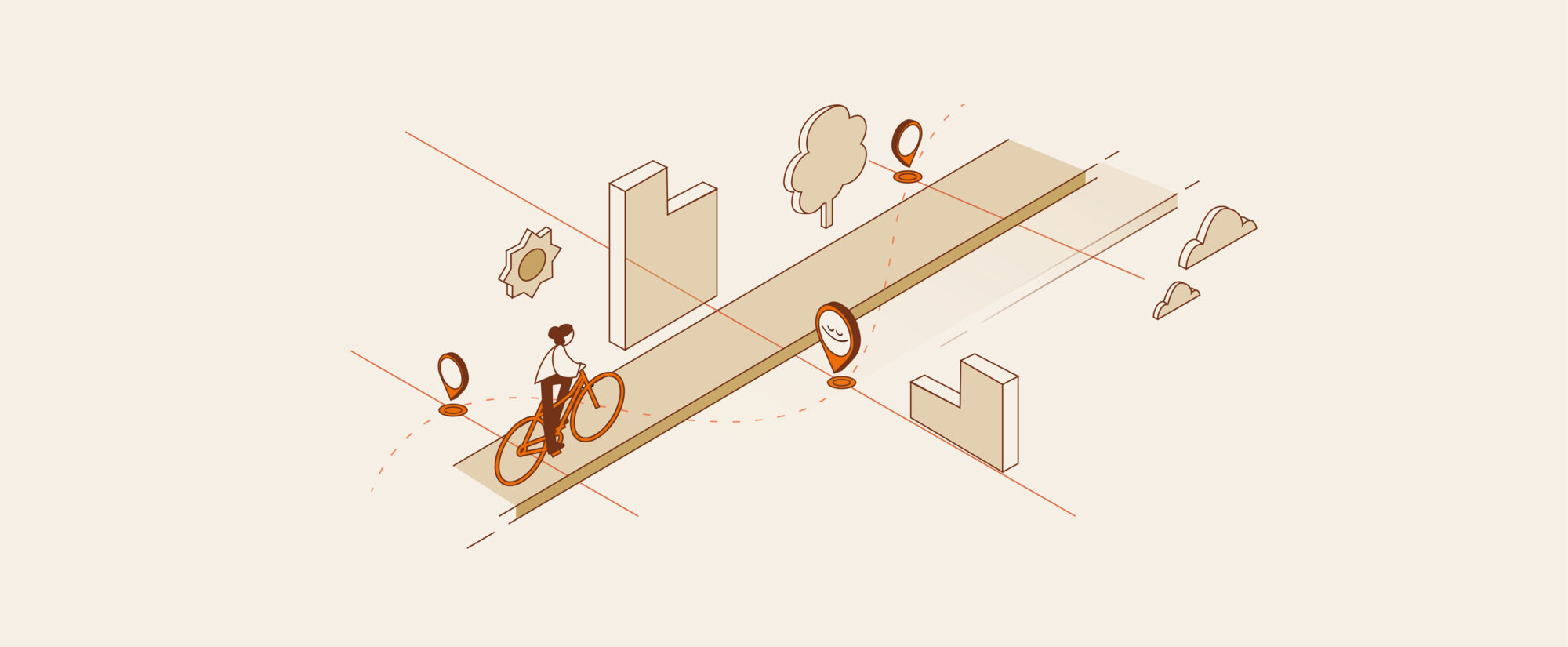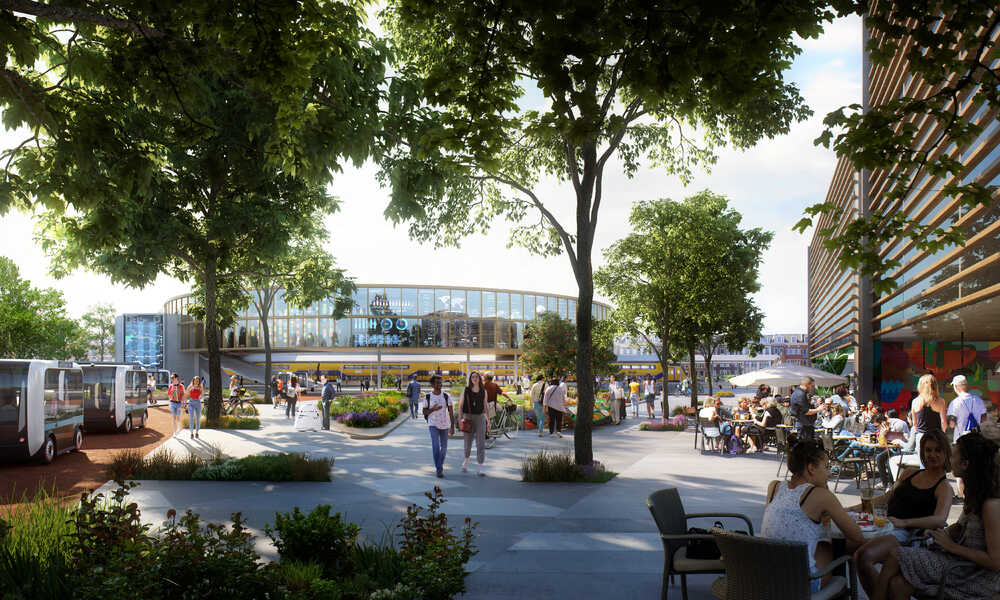What are our smart cities and homes learning from our emotions, and how will our emotions impact the future of architecture? Our UNSx team investigates the relation between space and behavior to learn how design can become a facilitator of new, human-centric experiences.
The rise of the cognitive city
The cognitive city is slowly taking shape around us. The data infrastructure is being built, the algorithms that are needed to inform systems are being trained and creatives are testing and creating using the open API’s available to them that provide feedback on the state of mind of communities. Slowly but surely these ingredients are giving shape to our future cities, cities that respond not only to what we do, but also to how we feel.
Currently the most informed interaction between city and citizen takes place in environments that follow the principles of a smart city: a built environment connected through a grid that, with the help of measured data, can respond to the needs of the environment, its buildings, and its citizens.
Some metrics for adaptability in the built environment that have already been blended into the day-to-day life of our cities are, for example, GPS systems that can report on traffic density, or sewage systems that can identify the presence of viral diseases in urban areas. Less visible to the end user, but often practiced in smart city developments, are applications that improve the carbon footprint. By implementing activity measuring sensors, energy grids can be activated and deactivated according to fluctuating demand.
Parameters for empathy
The cognitive city is a concept with a management system that is connected to more than just sensors. It connects to parameters that can collect and report data of other aspects of urban life, the social fabric of it. Think of Spotify being able to grasp your average mood through your music choices, or Instagram capturing the mood-demographic of the users through filter choices. Twitter can measure a trending topic or the hashtag of a geolocation, providing information of the average, shared mindset of a city. Largely, these general data sets are publicly available, enabling a connection to be made between smart city sensors and emotion-mapping algorithms, giving birth to the Urban AI. The Urban AI is the interface between city and citizens. This interface is constantly learning about the user behaviors of city dwellers and how human emotions affect the way citizens prefer to use the urban space.


Interacting with emotion; the rise of the cognitive city

The city that makes decisions
In response to the city that becomes intelligent and to urban AI’s becoming key actors in understanding the needs of end-users, the architectural design practice will shapeshift some of its urban design practices. To make space for the urban AI’s ability to anticipate changes to how users feel and act, the design of cities needs to become adaptable and agile, in addition to making space and opportunities to be ‘hacked’.
Inviting end-users to influence the urban space with the help of an urban AI provides new opportunities for architects to develop novel urban concepts that respond to the emotional needs of city dwellers. Shared below are some speculations on these future urban concepts our designers are excited about:
1. The Intelligent Streetscape
A street that transforms throughout the day, the week and according to weather circumstances. As rushhour picks up, this street knows to extend itself to 3 lanes and provide more space for traffic. Anticipating the lower density after the rush, it gradually transforms into a 1 lane street and reprograms the unused space with playground and sports signaling, inviting citizens to come out and play. Unless it is pouring rain of course, when the streetscape knows we will turn towards (shared) vehicles and stay inside.
2. Nature’s Own Ways
Beyond the human user, the more than human user is a city-dweller also. Imagine nature deciding on its own needs in climate solutions: that it could react when it knows the ground has become too dry to absorb rainfall, or that some of its plants need to be lifted to higher ground to save them from being disturbed by human interaction on the street. Self-activating stormwater systems or increasing the height of a flowerbed, using cognitive city solutions to gain authority over the environment.
3. Public Mind-Easing Spaces
Reading the state of our wellbeing through emotional data, a public space designed to respond to our emotional state could transform into the immersive environment we need to ease the mind. On a dark winter’s day, when reports show citizens are low in energy, the immersive mind space could recreate the feeling of a warm, energetic sunny landscape, providing the public with an urban space for shared emotional ease.
Experience Design at UNSx
UNStudio prepares for the future of human-centric environments with their UNSx team. A hybrid team in which architects collaborate with Computational Designers, Product Designers, Placemaking Specialists, Experience Designers, and Trend Analysts to implement strategies that help the design team learn and optimise architecture for the human experience.
Eager to hear more about our ideas on cognitive city solutions and how they can aid the (more-than-) human experience? Reach out to our UNSx team!